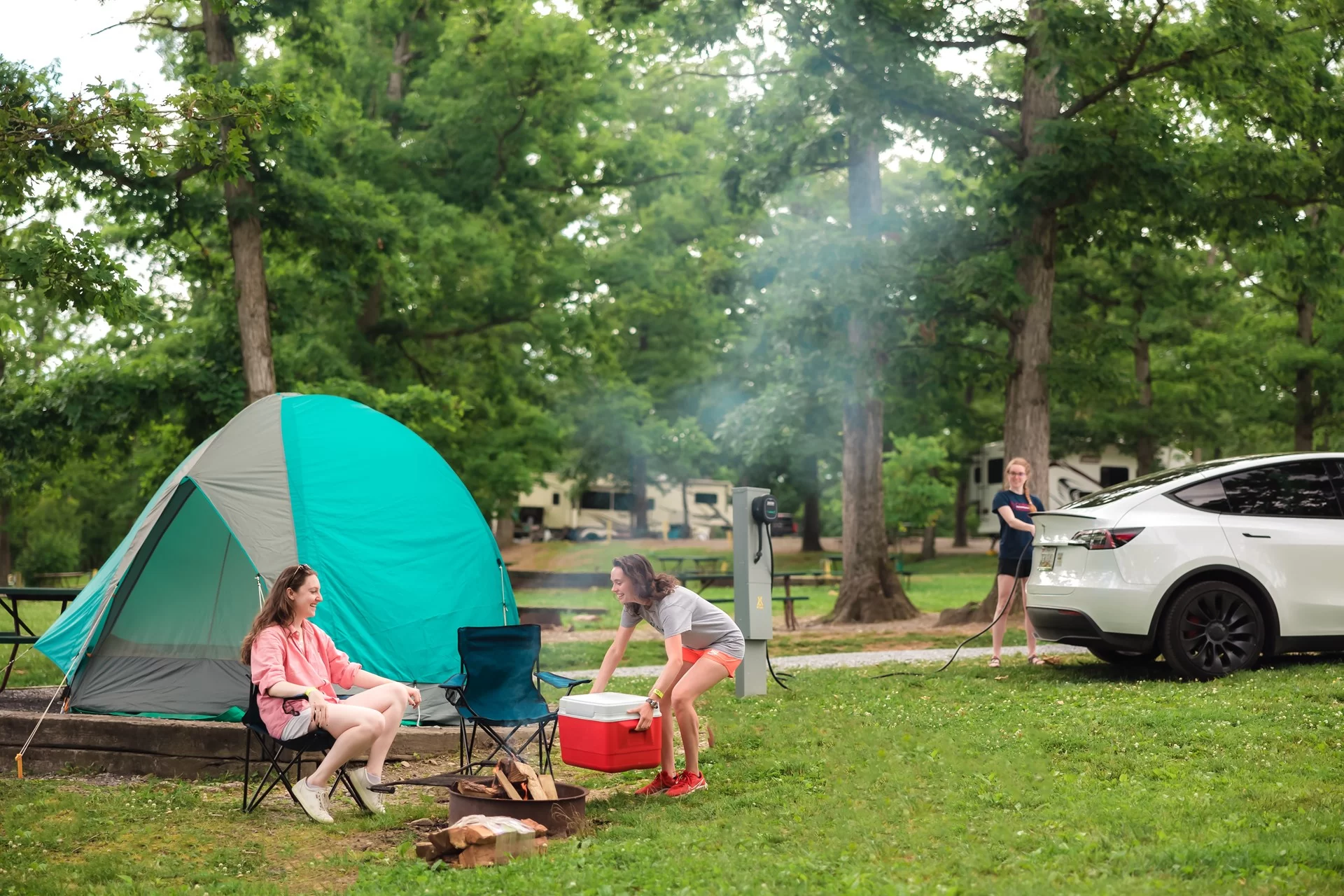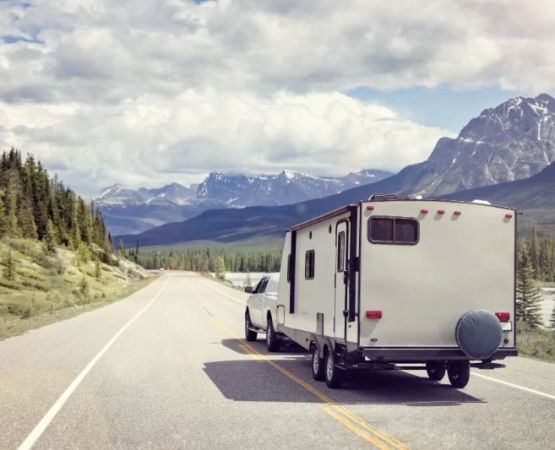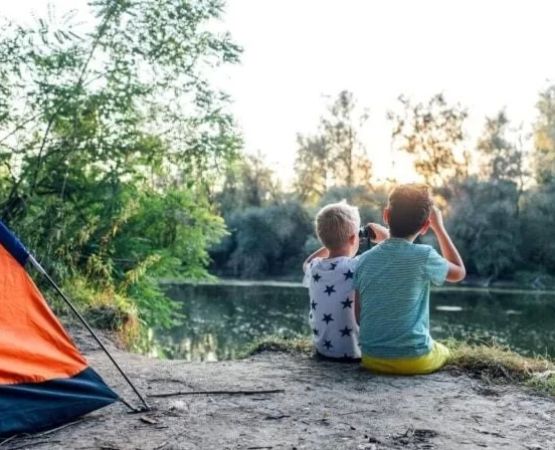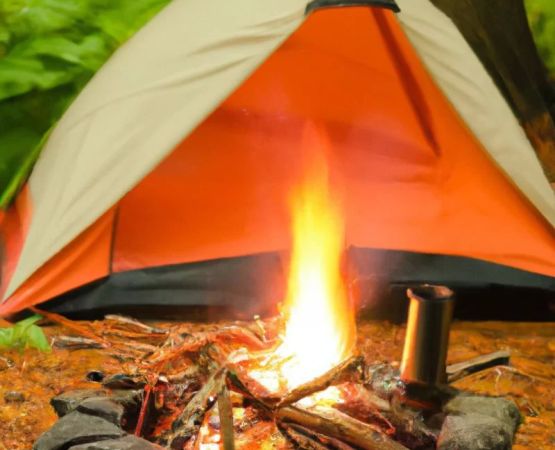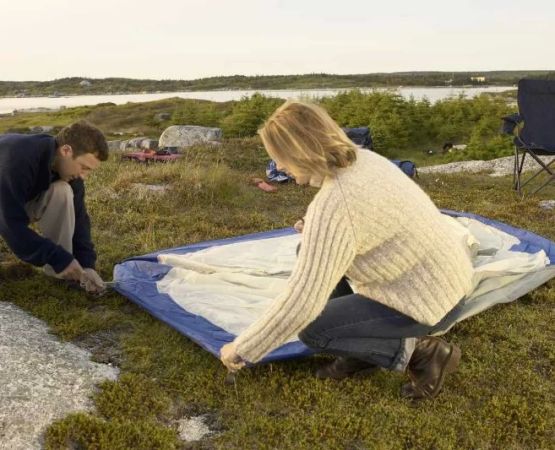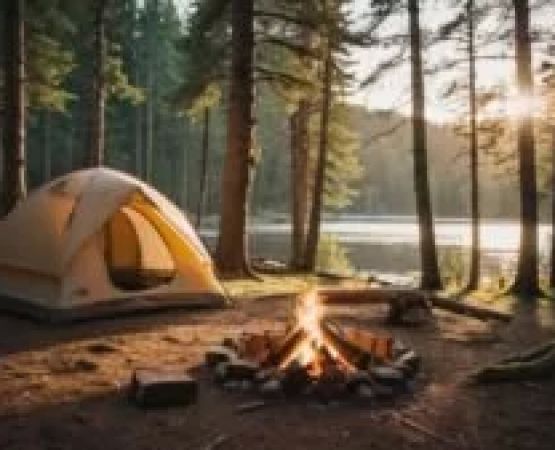How to Deal with a Camping Emergency or First-Aid Situation – Essential Tips and Safety Guidelines
- Why Being Prepared is Essential for Camping Emergencies
- Common Camping Emergencies and How to Handle Them
- First-Aid Tips for Camping: How to Be Ready for Anything
- Creating an Emergency Kit for Your Camping Trip
- Real-Life Camping Emergency Experiences
- Recommended Camping Safety Resources and Campsites
1. Why Being Prepared is Essential for Camping Emergencies
Camping in the great outdoors is an exciting adventure, but it also comes with risks. No matter how much you plan, accidents can happen. Whether you’re an experienced camper or a first-timer, knowing how to deal with a camping emergency or first-aid situation is crucial. Being prepared not only ensures the safety of your group but can also prevent a small issue from escalating into something serious.
In this article, we’ll cover practical first-aid tips, how to deal with common emergencies, and the best ways to prepare for unexpected situations while camping. Stay ahead of the game with a comprehensive approach to camping safety!
2. Common Camping Emergencies and How to Handle Them
While camping, there are several types of emergencies that can occur, some of which are more common than others. Here are a few examples and how to respond to them:
1. Cuts, Scrapes, and Burns
Whether from handling equipment or hiking through dense foliage, small cuts and burns are frequent injuries on camping trips. Clean the wound thoroughly with water, apply an antiseptic, and cover it with a sterile bandage. For burns, run cool water over the affected area for at least 10 minutes and cover it with a clean cloth.
2. Insect Bites and Stings
Insects can be a nuisance, but they can also cause allergic reactions. If you get a bite or sting, remove the stinger, clean the area, and apply an antihistamine or anti-itch cream. If there’s severe swelling, difficulty breathing, or dizziness, seek medical help immediately.
3. Heat Exhaustion or Dehydration
Long hours under the sun or strenuous activity can lead to heat exhaustion or dehydration. Make sure to drink plenty of water, take breaks in the shade, and rest frequently. Symptoms like dizziness, nausea, and confusion should be taken seriously. If symptoms persist, move the person to a cooler place and seek medical assistance.
4. Sprains and Fractures
Accidents like slips or falls can lead to sprains or fractures. If someone twists an ankle or breaks a bone, immobilize the injury and avoid moving them unless absolutely necessary. Use a splint for support and get the person to medical help as quickly as possible.
3. First-Aid Tips for Camping: How to Be Ready for Anything
Accidents are unpredictable, but the right first-aid knowledge can make a world of difference. Here are a few key first-aid tips for camping trips:
1. Learn Basic First-Aid Skills
Before heading out on your camping trip, take a basic first-aid and CPR course. Knowing how to perform CPR, treat burns, and manage wounds can give you confidence in case of an emergency.
2. Recognize Symptoms Early
Being able to recognize the signs of a serious medical issue early can help prevent escalation. For example, if someone begins showing signs of shock (rapid breathing, pale skin), act quickly by keeping them warm, elevating their feet, and seeking medical assistance.
3. Use Your Surroundings to Your Advantage
If you’re in a remote area, finding clean water may be essential for first aid. Boil water to sterilize it, and use it to clean wounds or hydrate a dehydrated person. Learn how to create makeshift bandages and splints with natural materials if necessary.
4. Creating an Emergency Kit for Your Camping Trip
One of the most important aspects of camping safety is being prepared. Carrying a well-stocked emergency kit is a simple but essential step in being ready for anything. Here’s what your emergency kit should include:
1. First-Aid Supplies
- Bandages (various sizes)
- Antiseptic wipes
- Adhesive tape
- Antibiotic ointment
- Burn cream
- Tweezers (for splinters and insect stings)
- Scissors
- Elastic bandage (for sprains)
2. Medication and Other Essentials
- Pain relievers (like ibuprofen or aspirin)
- Antihistamines (for allergies)
- Prescription medications (if applicable)
- Insect repellent
- Sunscreen
- Personal identification and emergency contact information
3. Survival Gear
- Water purification tablets or a filter
- Multi-tool or knife
- Flashlight with extra batteries
- Whistle
Store all these items in a durable, waterproof container. Having these supplies on hand can help you address a variety of emergencies until professional help arrives.
5. Real-Life Camping Emergency Experiences
Here’s a story from a recent camping trip that highlights the importance of being prepared for emergencies:
During a family camping trip in the Colorado Rockies, we experienced a sudden and unexpected storm. The weather turned from sunny to severe in a matter of minutes, with strong winds and heavy rain. We had prepared by keeping all our camping gear dry and storing it in waterproof containers. As the storm intensified, one of our group members slipped while trying to set up the tent. Fortunately, we had a well-stocked first-aid kit with us, and after applying ice to the injury, we were able to wrap the ankle in a splint until we could reach the nearest ranger station.
This experience was a wake-up call about how quickly things can change, and how essential it is to be ready for any situation. It was also a reminder of the importance of knowing what to do in a medical emergency and having the right supplies on hand.
6. Recommended Camping Safety Resources and Campsites
When it comes to camping, some areas are better equipped to handle emergencies than others. Here are a few campgrounds that prioritize safety and are well-equipped for large groups and families:
1. Pine Cliff Resort – Northern Michigan
For a safe and comfortable camping experience, Pine Cliff Resort offers a wide range of family-friendly amenities, including an on-site emergency response team. The resort also hosts workshops on outdoor survival and first-aid training, ensuring you're well-prepared for any situation. Click here to book your stay at Pine Cliff Resort.
2. Shenandoah National Park – Virginia
Shenandoah National Park provides excellent camping facilities with easy access to emergency services. It’s known for its well-marked trails and frequent ranger patrols, making it a great choice for families new to camping.

